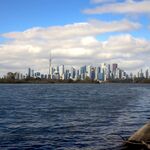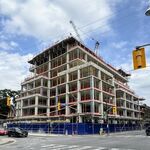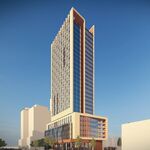Second_in_pie
Senior Member
The truth is that with current transit use, there's no way we'll break even. You look at cities like London, New York, Paris and Berlin, and they've all got a huge transit ridership (New York having something like 80% of people in Lower Manhattan not even owning a car,) much more than what goes on in Toronto (less than 10% of all weekday commutes by car, I believe.) I certainly think that we have the capacity to increase ridership dramatically (maybe even up to the 50% in the next couple decades,) but as things are, those LRT routes won't be any more "sustainable" than a subway would be.
But of course, if that is the current transit use, how clogged up will the B-D be once transit use doubles, or even reaches 50% of weekday commutes.
But of course, if that is the current transit use, how clogged up will the B-D be once transit use doubles, or even reaches 50% of weekday commutes.




